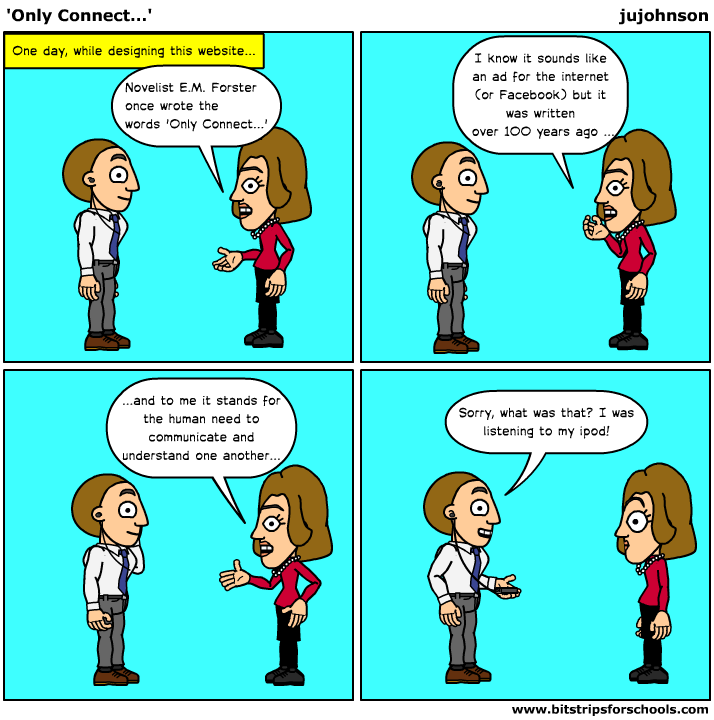We spent the last week focusing exclusively on writing skills.
Our writing form of late has been personal narratives (based on a Life Event). Students completed a first sample in September, reworked that piece based on teacher feedback in October and now really get the chance to show their skills in a final version in December.
As a fun way to practice these skills, I brought some awesome short films into the class.
PIXELS video.
Order UP.
Plot Device.
We used these media narratives to assess effectiveness of titles and used them as a creative launch pad. Students were asked to write the narrative from different points of view, or to take a scene from the narrative and make it come alive, or to write what happens next, again, making it come alive by using the skills we have been talking about.
Students would then share and we would use student examples to examine effectiveness and ways to improve.
We also did some fun activities to better understand complex sentences and the importance of word choice.
For instance, students were asked to re-write these sentences.
1. The car went so slow. It was a red car. It was really small. It had a white stripe and could only fit two people.
We discovered that four sentences could easily be pared down to one or two. We also discovered that 'went' is a weak verb, and that even the word 'red' could be improved on: there's cherry red, fushia, fire engine red, flame red, burgundy...all different kinds of red that can be brought to the reader's mind for improved visualization!
Students were also asked to pick a scene, like a rock concern, a ski trip, a camping trip, the dentist, etc, and SHOW us how it feels to be there.
"A good writer can make ANY life event interesting, dramatic or funny! You do not need aliens, space ships or explosions (though, those can also be dramatic or funny in a fictional narrative) but you do NOT need them...and a bad writer could make an alien zombie invasion impossible or uninteresting to read!. Your life experiences (auto biographical, non fiction) all on their own are worth sharing and can be interesting to your reader if written well! The point is...to write EFFECTIVELY!" so says Mrs. J!
To prove this point, we watched Bill Cosby's classic A Trip to The Dentist from 1983. This is a performance piece rather than a written piece but proves that any ordinary experience can be turned into a rich narrative...he also uses some of the skills we have been discussing (sound words! quotes!).
This week, students will be given class time to focus on completing their final assignments (4x45 minutes). There will also be time for one to one conferencing with students about their writing. Students will be following the writing process to complete this assignment (brainstorm, first draft, edit, final copy) and a peer feedback session is built into this process as well. The final piece is due Monday, December 17.
Details for this assignment (which will grow to include a media and oral language task) are on my download page. Also, the checklist of criteria for this writing assignment can be found HERE. Students have been given this checklist to self monitor their work.
PS. Due to the rescheduling of the dance to Thursday afternoon, we lost a 45 minute period of literacy this week. The due date has thus been extended to Tuesday, Dec. 18th. However, students are being asked to complete the first draft (if they have not already done so) so it is ready for peer review in Monday's class. Students are also welcome to submit their final draft early (on Monday) if they are so inclined. Thank you, Mrs. J
Students, please remember:
-use the checklist of criteria provided while editing. This is also available online HERE.
-your final copy is to be submitted on a loose, separate piece of paper tucked inside your writing assignments work book.


























